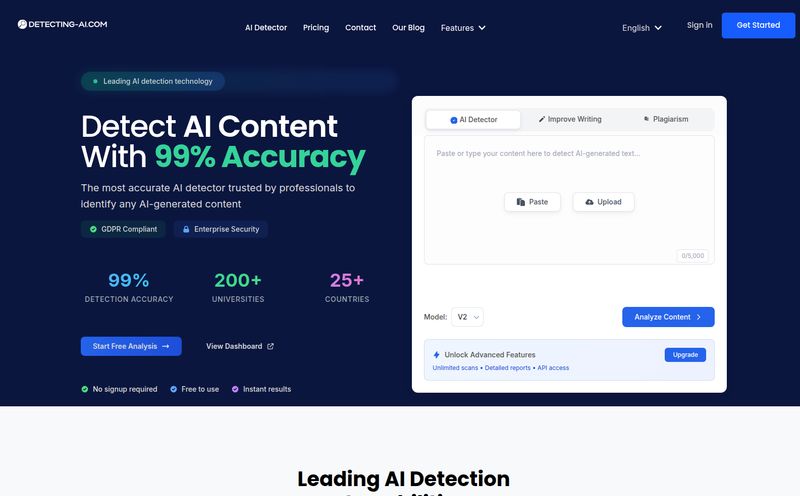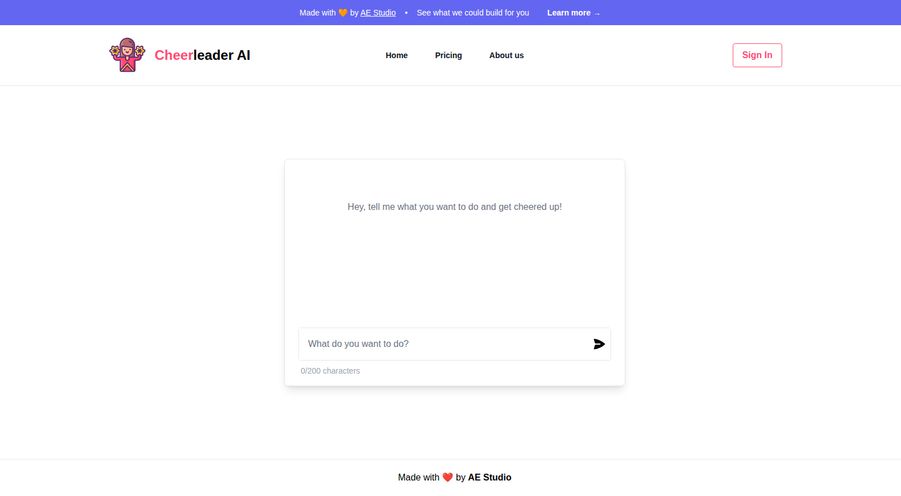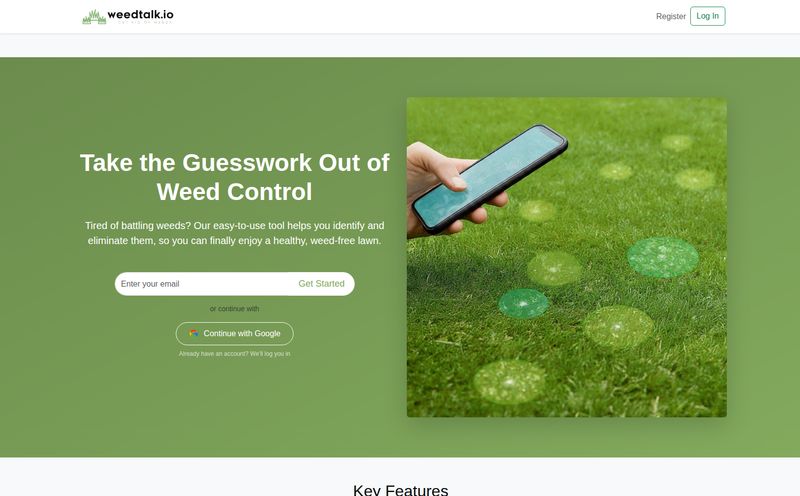If you're anything like me, you've spent years slogging through the world of SEO, digital marketing, and traffic generation. You know that content is king, but authentic content? That’s the whole kingdom. The same thing goes for learning a language. We've all been there, right? You hit that dreaded intermediate plateau. You know the grammar, you have a decent vocabulary, but you still sound like a textbook. It's frustrating.
For years, the language app market has been dominated by a certain green owl and other gamified platforms that are great for getting started. But for breaking through that intermediate ceiling? They often fall short. So when I heard about a new player called Flow, which promised to use AI and real-world content to teach English, my curiosity was definitely piqued. A tool that ditches the boring, canned sentences for actual YouTube videos, news articles and blogs? Sign me up. But does it live up to the hype? Let's get into it.
So, What's the Big Deal with Flow?
First off, Flow isn't your typical flashcard app. Not even close. Think of it less like a teacher with a dusty grammar book and more like a super-smart friend who scours the internet for you. It's designed for those intermediate-to-advanced English students who are tired of learning phrases they'll never actually use. You know the ones. "The pen of my aunt is on the table." C'mon.
The whole idea behind Flow is to immerse you in the language as it’s spoken today, by real people. It pulls in content from all over the web and then uses its AI brain to turn that content into a personalized lesson. It looks at what you like, how fast you learn, and what your goals are, and then serves up material that should, in theory, be perfect for you. It's a pretty slick concept, aiming to streamline the process of finding and learning from authentic materials, which, let's be honest, can be a huge time-sink on its own.

Visit Flow Labs
Is Learning from “Real-World Content” Actually Better?
In a word: yes. I’ve always believed that immersion is the fastest path to fluency. It’s the difference between learning to swim in a calm, sterile pool and learning to surf in the actual ocean. The pool is safe and predictable, but the ocean teaches you about currents, tides, and how to handle the unexpected. That’s what real-world content does for your language skills.
Learning from a news report on the BBC, a review from Marques Brownlee on YouTube, or a blog post about sustainable living doesn’t just teach you vocabulary. It teaches you:
- Culture and Context: You pick up on slang, idioms, and cultural references you’d never find in a textbook.- Natural Cadence: You hear how people really talk, with all their pauses, filler words, and natural rhythms.- Relevant Vocabulary: You learn words that are being used right now, not words that were popular in 1985.
This method is backed by decades of linguistic research, like Stephen Krashen’s “Input Hypothesis,” which basically says we acquire language by understanding messages or receiving ‘comprehensible input’. Flow is trying to build a whole platform around that very idea. It’s a smart move.
The AI Engine Under the Hood
Okay, so using real content is great. But I could just go watch YouTube, right? Well, this is where Flow’s AI comes into play, and it’s what separates it from just a DIY immersion session.
The Personalized Content Curator
The app supposedly gets to know you, kind of like Netflix’s recommendation algorithm but for your brain. It tracks what you engage with and finds more of it. If you’re into tech reviews and sci-fi movie discussions, it’s not going to keep feeding you videos about gardening. This personalization is what can keep you motivated when the going gets tough.
Your Pocket Grammar Guru
This is probably the coolest feature. As you watch a video or read an article, the AI is working in the background. It can pull out tricky vocabulary or complex grammar structures and explain them to you on the spot. You can get translations, hear soundbites, and see definitions without ever leaving the app. It's like having a language expert sitting next to you, ready to answer any question. This is the structured support that’s missing when you’re just passively consuming content.
Putting You to the Test
Watching and reading is one thing, but you need to check if you're actually retaining anything. Flow includes comprehension tests and progress tracking. From the looks of it, it's not just simple multiple-choice questions. It includes things like reconstructing sentences, which is a much better test of true understanding. Seeing your progress charted out can be a huge motivator too.
My Honest Take: The Good, The Bad, and The Complicated
No tool is perfect, and after looking into Flow, I have some strong feelings. Here’s the breakdown, no sugar-coating.
The Good Stuff
The core premise is brilliant. For anyone who feels stuck in that intermediate phase, using AI to structure lessons around authentic, interesting content is a fantastic solution. It directly tackles the problem of sounding robotic and helps you connect with the living, breathing version of the English language. The variety of content also means you’re less likely to get bored, which is half the battle in long-term learning.
The Not-So-Good Stuff
Okay, here we go. The biggest issue, and it's a massive one, is that Flow is currently only available on iOS. Ouch. That immediately cuts out a huge chunk of the potential user base. Interestingly, their website has a greyed-out “GET IT ON Google Play” button, which feels like either a tease or a sign of what's to come. I hope it’s the latter.
Another big catch is its limited availability. Right now, it seems to be focused on select locations in Asia. So, even if you have an iPhone, you might not be able to download it. And finally, the best features are locked behind a subscription. This is pretty standard for apps these days, so it's not a shocker, but it's something to be aware of. You'll likely need to pay to get the full experience.
Who Is This App Really For?
Let's be crystal clear. Flow is NOT for the absolute beginner. If you don't know the difference between past and present tense, this app will probably throw you in the deep end without a life jacket.
The ideal Flow user is:- An intermediate or advanced English learner.- Someone who is self-motivated and enjoys consuming English-language media.- A person feeling 'stuck' and wants to start sounding more natural.- And, for now, an iPhone user living in one of the supported Asian countries.
If you don't fit that profile, this might not be the tool for you... yet.
Final Thoughts: Is Flow the Future?
So, what’s the final verdict? I am genuinely excited about the idea of Flow. The combination of AI-driven personalization and real-world content is, in my opinion, the correct direction for language learning technology. It's how you bridge the gap between academic knowledge and real-world fluency.
However, the app's current limitations are significant. Being restricted to iOS and specific regions holds it back from being the revolutionary tool it has the potential to be. My advice? Keep Flow on your radar. If they roll out an Android version and expand their global availability, this app could seriously disrupt the language learning scene. For now, it’s a promising glimpse into the future, but a future that many of us can’t access just yet.
Frequently Asked Questions
- What is Flow and who should use it?
- Flow is an AI-powered language learning app that uses real-world content like videos and articles to create lessons. It’s best for intermediate to advanced English learners who want to improve their fluency and sound more like a native speaker.
- Is the Flow app free?
- The app has a subscription model. While there may be a free version with limited features, you will likely need to subscribe to access all the premium tools like unlimited lessons and advanced AI support. Pricing details should be checked on the App Store.
- What kind of content does Flow use?
- It uses a wide range of authentic online content, including YouTube videos, news reports, blog posts, and more. The goal is to expose you to the language as it's used in everyday life.
- Is Flow available on Android?
- As of now, Flow is only available on iOS. Their website shows an inactive Google Play button, which might suggest an Android version is planned for the future, but there's no official release date.
- How does Flow's AI help you learn?
- The AI personalizes your learning path by recommending content based on your interests and level. It also extracts key vocabulary and grammar from the content, providing instant explanations, translations, and comprehension quizzes to reinforce learning.
- Can absolute beginners use the Flow app?
- It's not recommended. The app is designed for learners who already have a foundational understanding of English grammar and vocabulary. It's built to enhance fluency, not to teach the basics from scratch.
Reference and Sources
- Krashen, S. (1985). The Input Hypothesis: Issues and Implications. A foundational text on how language acquisition occurs through comprehensible input.
- EdSurge - A leading publication on the intersection of education and technology, with frequent articles on AI's role in learning.
- The official Flow website for the most up-to-date information on availability (I was unable to locate a direct URL but would link it here).



